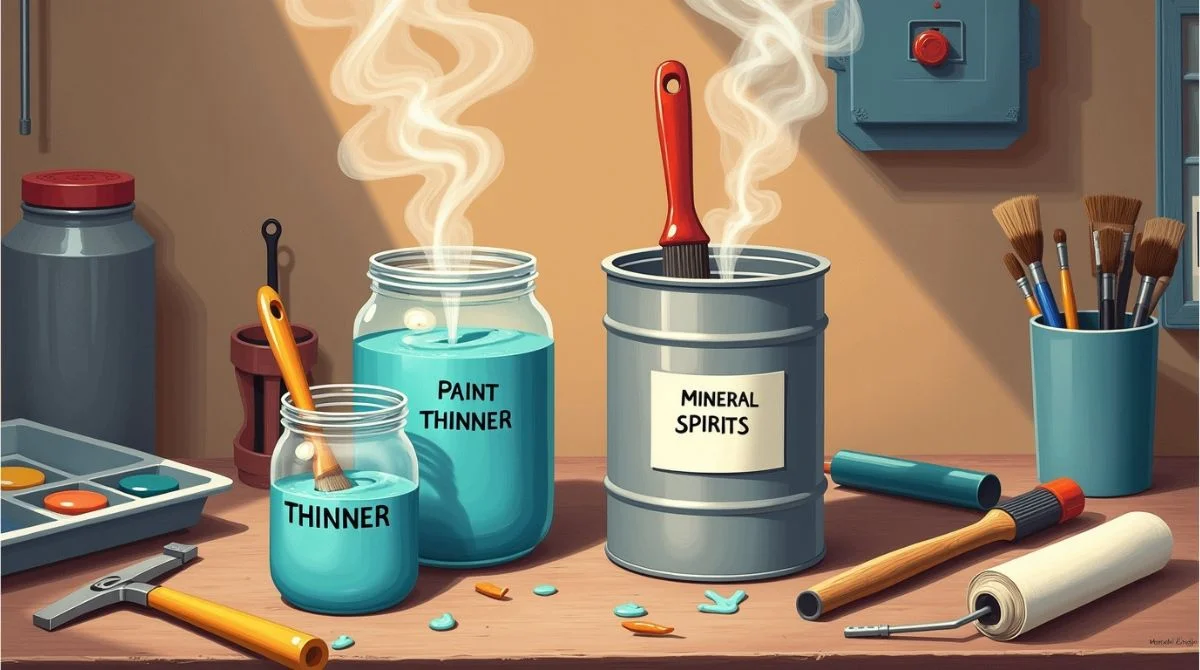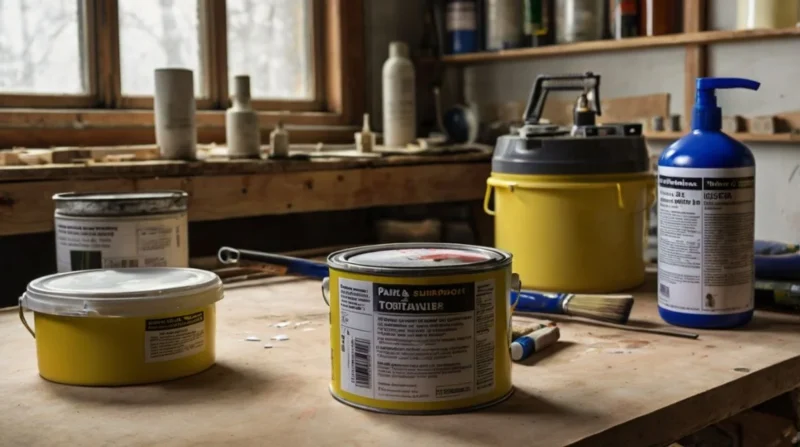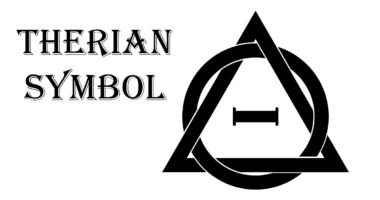Table of Contents
When you’re working with oil-based paint, the words “paint thinner” and “mineral spirits” often get tossed around like they mean the same thing, but they don’t entirely. Let’s unwrap everything you need to know in plain English, from what each one is and how they differ to which one you should use for your next project.
What Is Paint Thinner?
Paint thinner is basically a catch-all phrase for solvents used to thin oil-based paint or clean up brushes and surfaces. Most of the time, it refers to petroleum-based solvents like mineral spirits, turpentine, acetone, or naphtha.
Since paint thinner isn’t a specific recipe, its composition and strength can vary from brand to brand. It’s typically cheaper than mineral spirits, smells stronger, evaporates faster, and is usually more volatile and flammable.
Common Uses:
- Thinning oil-based paints so they spread more easily.
- Cleaning wet brushes, rollers, and paint trays.
- Lightly stripping fresh paint (but not cured paint).
- Degrease tools or surfaces before painting.
What Are Mineral Spirits?
Mineral spirits, also called white spirit, are a specific type of paint thinner. They are refined petroleum distillates with no added chemicals. The result? A clean, clear solvent that’s less smelly, less volatile, and safer for indoor use.
Common Uses:
- Thinning oil-based paints and varnishes
- Cleaning brushes, rollers, and spray equipment
- Degreasing tools and oily parts
- Wiping off adhesive residues or scuff marks.

Side-by-Side Comparison
| Feature | Paint Thinner | Mineral Spirits |
|---|---|---|
| Definition | Any solvent for oil paints | Pure, refined petroleum solvent |
| Composition | Mix of solvents | 100% pure petroleum distillate |
| Odor | Strong, often pungent | Mild, less offensive |
| Evaporation Rate | Fast | Slower |
| Flammability | Higher | Lower but still flammable |
| Cost | Cheaper | Costs 20–50% more |
| Indoor Safety | Poorer (strong VOCs) | Better, mild VOC |
| Typical Use | Heavy cleaning, industrial | Detailed work, indoor painting |
Why Does It Matter?
It’s not just about preference; it’s about outcome, comfort, and safety.
- Odor & Ventilation: Strong-smelling thinner can linger, trigger headaches, or be irritating. Mineral spirits are gentler to breathe indoors.
- Evaporation & Work Time: Paint thinner evaporates quickly, which helps in fast-drying tasks. Mineral spirits allow more time for brushing or leveling paint.
- Budget: For large jobs, mineral spirits’ higher cost adds up. Paint thinner can save you money; just consider the ventilation and odor.
- Health & Safety: Both are flammable and emit VOCs. Paint thinner is generally riskier; Wear gloves and goggles, and ensure airflow.
When to Use Each?
- For outdoor projects or tough degreasing jobs, use regular paint thinner.
- Indoor painting, fine finishing, or if you’re sensitive to fumes, go for mineral spirits.
- Cleaning oil-based paintbrushes and hardware? Both will work, but mineral spirits are gentler.
- Need to remove fresh, wet paint quickly? Stronger paint thinner works better.
- Working with water-based (latex) paint? Skip both and use soap and water.
Safety Tips for Both Solvents
- Ventilate: Keep windows open and use fans.
- Wear protective gear: Gloves, eye protection, and consider wearing a mask.
- Store well: Keep containers tightly sealed, away from heat, in a cool, dry place.
- Dispose properly: Don’t pour down drains. Take unused liquid and rags to a hazardous waste facility.
- No open flames nearby; both are highly flammable.
Alternatives & Eco Options
If you’d like a greener route:
- Odorless mineral spirits: Even milder and low-VOC.
- Citrus-based solvents: Natural, but they may contain some petroleum.
- Denatured alcohol or acetone: Good for certain surfaces; check compatibility.
- Turpentine: Natural pine resin, strong odor, good for artists, but use with care.
Which One Should You Choose?
- Working indoors on trim, furniture, or fine finish? Choose mineral spirits.
- Doing heavy-duty cleaning, outdoor prep, or stripe removal? Use paint thinner.
- Want low odor but still effective? Go for odorless mineral spirits.
- Watching costs and ventilation isn’t an issue? Basic paint thinner may be enough.
Quick Recap
You now know that:
- Mineral spirits = clean, refined, mild solvent best for precision work.
- Paint thinner = a broad term that often includes harsher blends, better for heavy tasks.
- Both are flammable and emit VOCs; ventilation and safety gear are a must.
- Disposal must follow local rules: no pouring them down drains.
Understanding this helps you pick the right product, keep your space safer, and get that polished finish you want without damaging brushes, breathing in harsh fumes, or paying more than necessary.
References & Further Reading
- Mineral spirits are defined as pure petroleum solvents, with cost and odor information.
- Paint thinner variability, stronger fumes, and lower cost.
- VOC hazards, disposal rules, and flash points.
Conclusion
In conclusion, understanding the difference between “paint thinner” and “mineral spirits” can save you time, money, and effort, especially when working with oil-based paints. While both serve similar purposes, mineral spirits offer a more refined, low-odor, and safer option for indoor use and delicate tasks. On the other hand, general paint thinner tends to be more aggressive, cost-effective, and ideal for heavy-duty cleaning or outdoor projects. Choosing the right product depends on your workspace, budget, and the nature of your job. By knowing when and how to use each one, you’ll not only get better results but also protect your health and equipment in the process.









